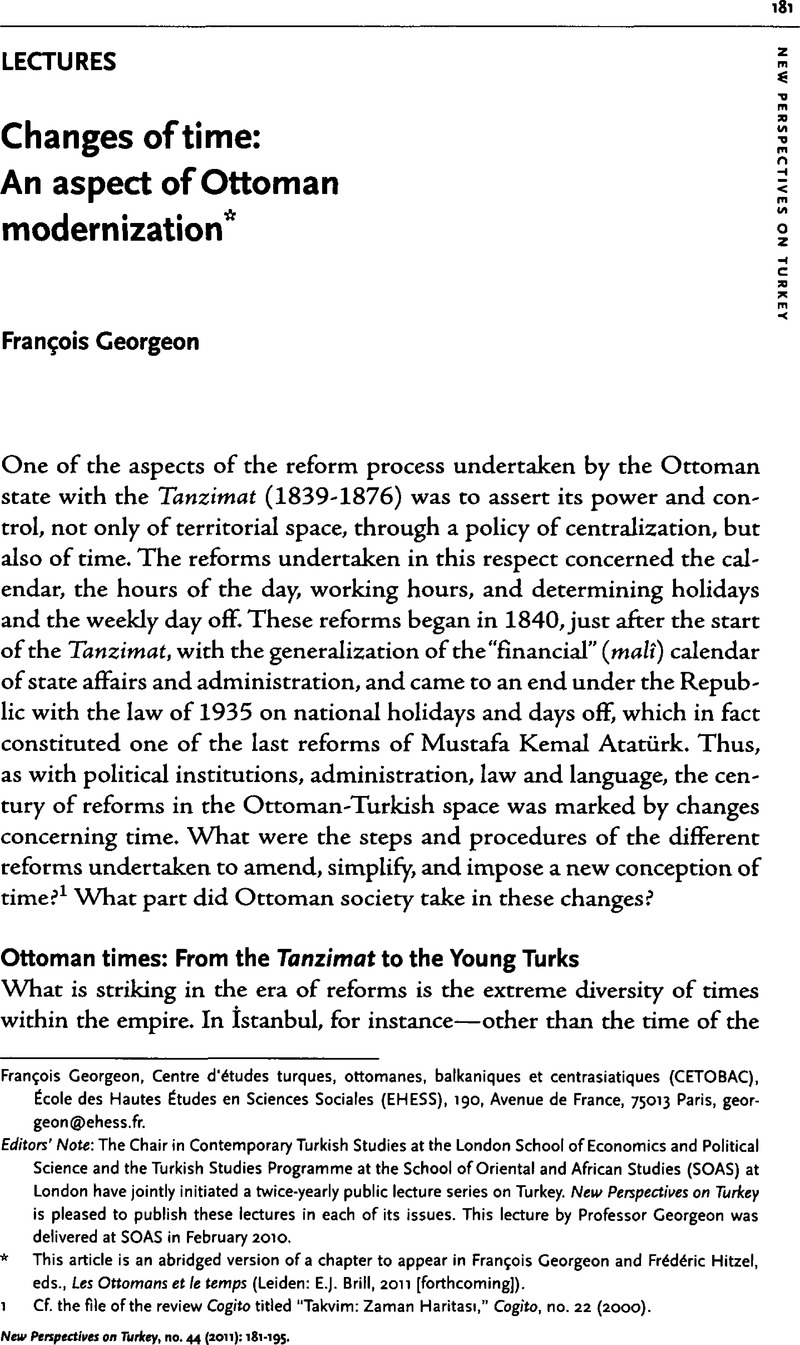Crossref Citations
This article has been cited by the following publications. This list is generated based on data provided by Crossref.
CONRAD, SEBASTIAN
2018.
“NOTHING IS THE WAY IT SHOULD BE”: GLOBAL TRANSFORMATIONS OF THE TIME REGIME IN THE NINETEENTH CENTURY.
Modern Intellectual History,
Vol. 15,
Issue. 3,
p.
821.
Grallert, Till
2021.
Catch Me If You Can!.
Geschichte und Gesellschaft,
Vol. 47,
Issue. 1,
p.
58.



